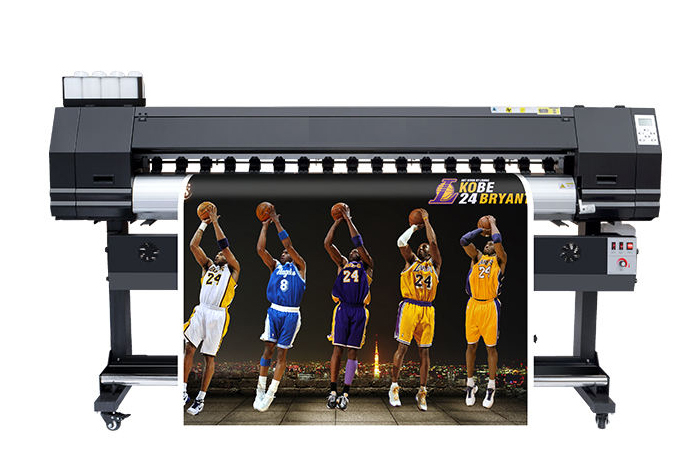Ink smudging can be a frustrating issue in digital sublimation printing, leading to compromised print quality and unsatisfactory results. Here are some common causes and solutions to help resolve ink smudging issues:

Causes of Ink Smudging:
1. Insufficient Drying Time: If the printed material is not given enough time to dry before handling or transferring, the ink may smudge.
2. Incorrect Paper Type: Using the wrong type of paper for sublimation printing can lead to ink smudging. Make sure to use sublimation-specific paper that is designed to handle the ink and drying process effectively.
3. Incorrect Printer Settings: Incorrect printer settings, such as excessive ink saturation or high print speed, can result in ink not drying properly and causing smudging.
4. Excessive Ink Application: Applying too much ink during the printing process can lead to excess moisture, which may result in smudging.
5. Contaminated or Low-Quality Ink: Using contaminated or low-quality sublimation ink can contribute to ink smudging issues.
Solutions to Ink Smudging:
1. Allow Sufficient Drying Time: Ensure that the printed material has enough time to dry completely before handling or transferring. Follow the manufacturer's recommended drying time for optimal results.
2. Use Compatible Sublimation Paper: Make sure to use sublimation-specific paper that is designed to absorb and dry the sublimation ink effectively. The right paper will help prevent smudging and produce high-quality prints.
3. Adjust Printer Settings: Check and adjust the printer settings to ensure they are optimized for sublimation printing. Properly calibrate the printer for the specific paper and ink being used. Adjust ink saturation and print speed settings as needed to achieve the desired results.
4. Optimize Ink Application: Pay attention to the amount of ink being applied during the printing process. Avoid excessive ink application, as it can lead to excess moisture and smudging. Adjust ink levels and print settings to optimize ink application and minimize the risk of smudging.
5. Use High-Quality Ink: Ensure that you are using high-quality sublimation ink that is compatible with your printer. Using reputable and reliable ink suppliers can help reduce the chances of smudging due to contaminated or low-quality ink.
6. Test and Troubleshoot: Perform test prints to identify and troubleshoot any specific issues causing ink smudging. Experiment with different settings, papers, and ink combinations to find the optimal configuration for your specific requirements.
7. Printer Maintenance: Regularly maintain and clean your printer to ensure optimal performance. Keep the printer's printheads clean and in good condition. Follow the manufacturer's recommended maintenance procedures to minimize the risk of ink smudging.
If the above solutions do not resolve the ink smudging issue, it may be necessary to seek further assistance from the printer manufacturer's technical support. They can provide specific guidance and help diagnose and resolve the smudging problem based on your printer model and specific circumstances.
kenteer has launched Digital Sublimation Printer for customers . If you have any needs, you can contact us for a quote.
